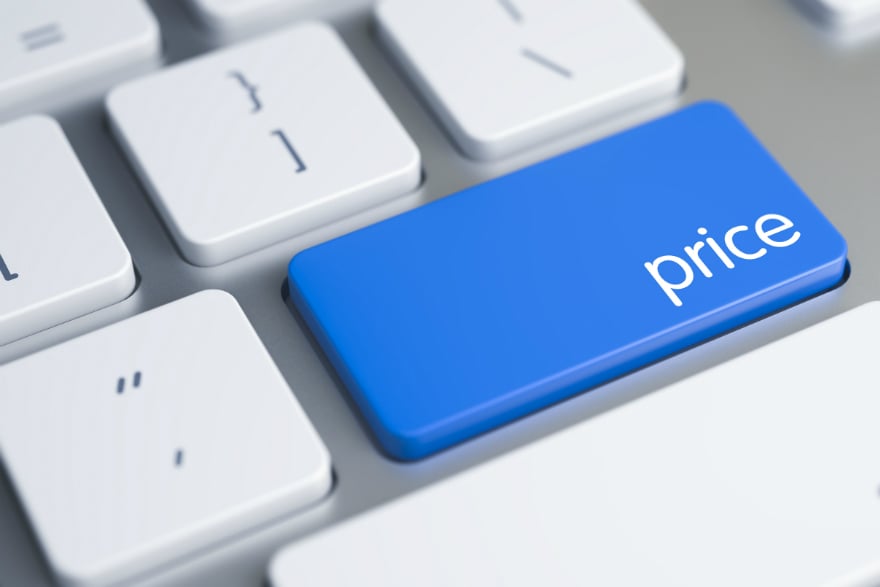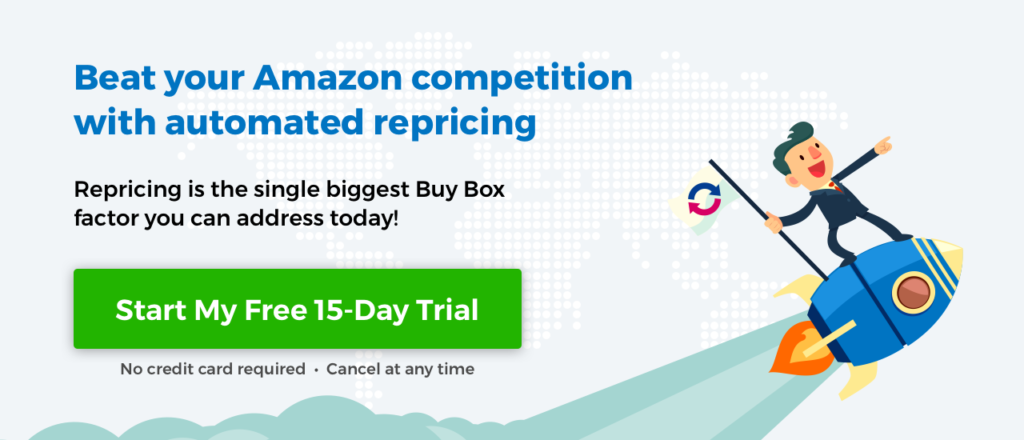As a reader of RepricerExpress, you know we’re all about helping you optimise the price of your products. But one topic that doesn’t come up often enough is the psychology of pricing items on Amazon. There are certain Jedi mind tricks you can employ to help bring in more sales to your corner, and we’ve got five you should start testing out right now.
1. Lower the Left Digit by One
Say you’ve got a price in mind, like $10. When you lower that by one to $9.99, you’re practising charm pricing, which has been shown over and over again to increase the conversion rate. However, it’s important you focus on the left digit. A one-penny decrease between other numbers, like $3.79 to $3.78 doesn’t really matter because people don’t perceive it as anchoring the magnitude of the decrease. Lowering the left digit by one feels like a bigger decrease than any other one-cent reduction.
2. Emphasise the Product’s Prestige and Uniqueness
At the opposite end to charm pricing is prestige pricing, which means you round up prices to the nearest rounded figure, like $99 to $100 or $149 to $150. This makes buyers think a price feel right. As well, consumers tend to equate price with quality. Just look at Starbucks and their higher-than-average prices. Their coffee isn’t any better than the hipster spot down the street, but Starbucks’ prices make it seem like it is.
3. Make Your Prices Easy and Quick to Pronounce
The more syllables and tongue-twisters a price contains, the more a person has to use their brain to think about the cost. And the more someone thinks about how much something costs, the more expensive it feels to them (and the fewer syllables, the more affordable a price feels). Try it yourself by saying these prices to yourself: $27.79 (eight syllables) and $30.49 (five syllables). Although the latter is higher in price, it feels lower because it’s easier and quicker to say.
Another way to use this is to remove the comma and drop the cents off after the decimal. It contains fewer syllables, making it seem less expensive.
4. Reduce Price Pain Points
There are a few different ways you can the price seem not-so-painful to pay.
- Put the price into a different perspective. Look at car dealers as the perfect example. One of their main questions is, ‘What’s your monthly budget?’ They’ll stick to that number, but increase costs in other areas so you end up paying more overall. But using this tip in a more ethical way, you can reframe costs by pointing out monthly subscription costs instead of the all-around yearly cost, even when they’re exactly the same. Similarly, you can reframe the price on a daily equivalence to make it seem even cheaper.
- Emphasise the smallness of things, like saying “small $2 fee, instead of just a $2 fee.
- Point out the utility or pleasure of the product, based on the demographic. If you’re targeting conservatives, focusing on the product’s utility helps sway the buyer. For liberals, focusing on the pleasure aspect is more effective.
- Bundle items together instead of listing them separately. Let’s go back to the car dealer. Buyers are more likely to purchase a package of upgrades because they see it as one single price, as opposed to paying for each upgrade separately (even when it works out to the same).
5. Decide Whether to Display the Product or Price First
If you’re selling higher-end products, put the product to the left of the price. Because English is read left-to-right, people will focus on the product’s qualities first. And if you’re selling more economically, then place the price before the product so that’s what buyers’ initial focus will be on.
Final Thoughts
The psychology of Amazon pricing is fascinating and includes so much, but we wanted to share with you five of the most important practices you can try. What’s great about these is you can integrate them easily with RepricerExpress to get the best of both worlds. And if you want to start seeing results, then the only thing left is to sign up right now and enjoy the first 15 days absolutely free.




